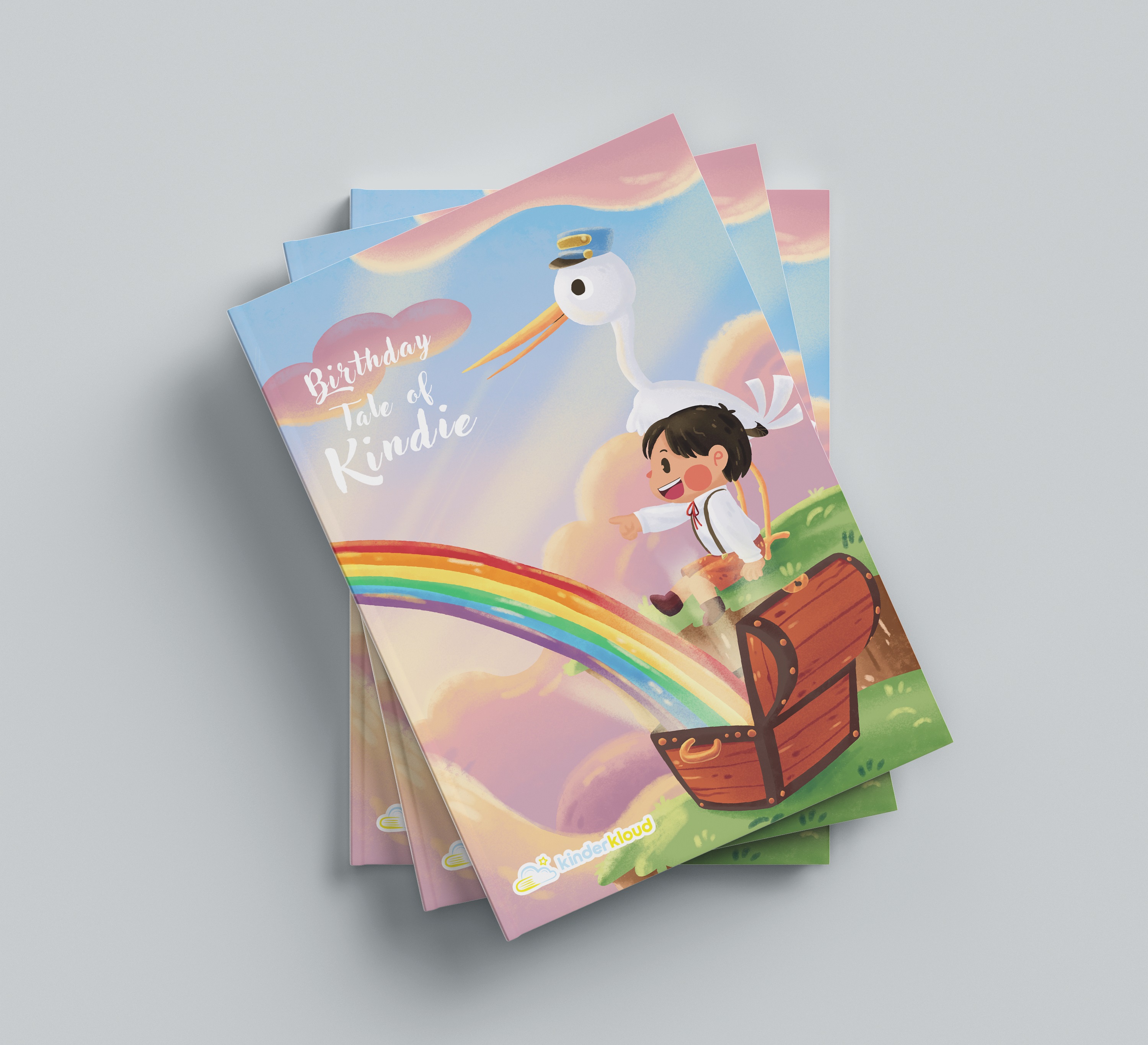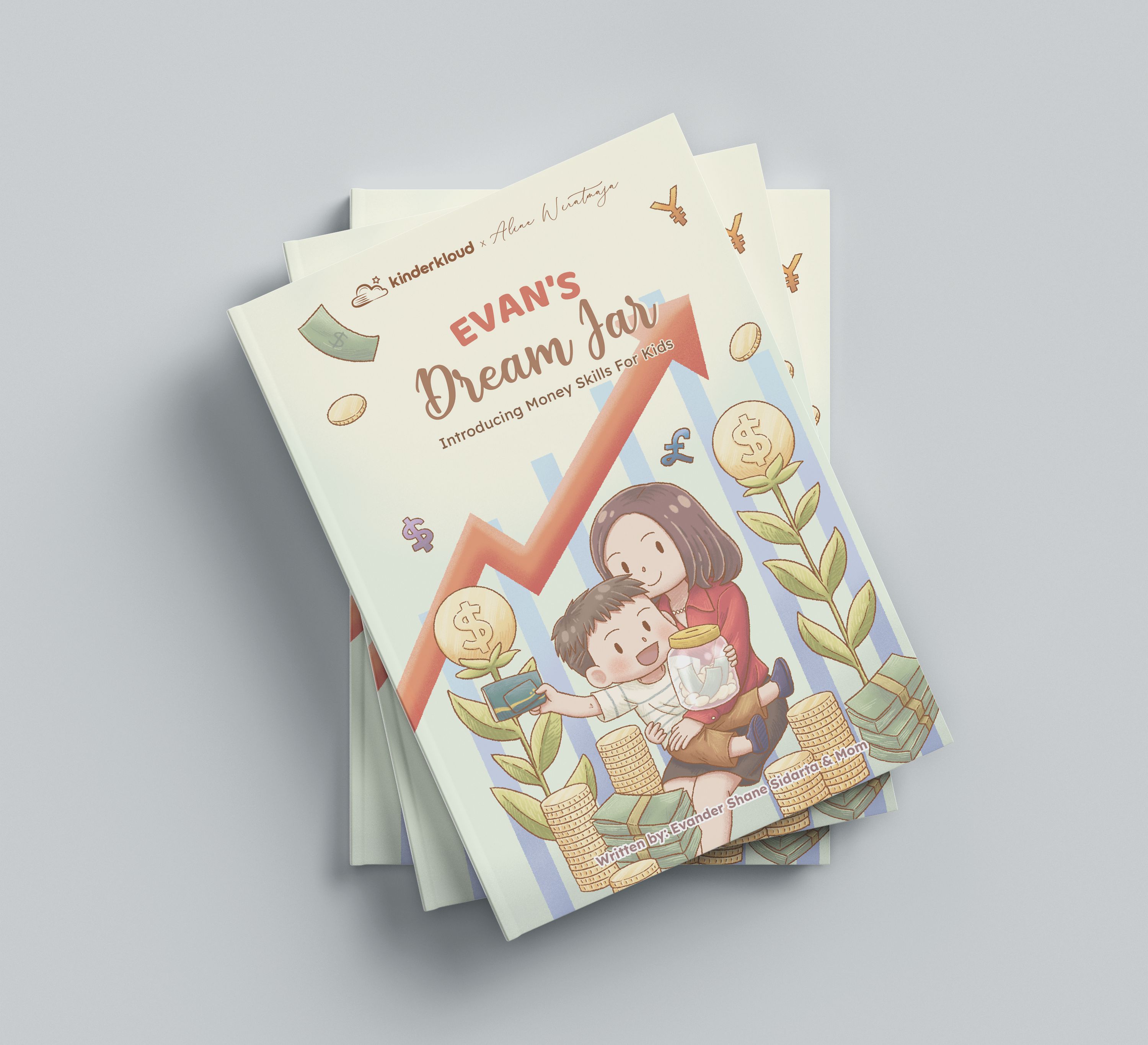Learning the Zone of Emotions

In everyday life, we cannot be separated from showing and feeling emotions. Various events that exist will bring out our emotional reactions, both events that bring up positive emotions and negative emotions. Did you know that studying emotions is a basic and important thing to do since childhood? Children must learn to recognize the emotions they are feeling. One study of strategies to teach children to learn emotions is to use color-based zones. For more details, check out the explanation below!
Learn about emotions
Most ordinary people still define emotion as a "state of anger". For example when people say "he hit because he was emotional". Of course this is not quite right because emotions are not limited to feelings of anger. Emotions are mental feelings or affect (eg. pain, desire, hope, etc.) that are distinct from cognition or volition. So emotions are unwanted. Emotions are also not limited to "angry" or certain emotions, but whatever feelings are felt when they occur.
Why is it important to study emotions?
Studying emotions is very important for humans in carrying out their daily lives. Besides that, the importance of studying emotions will be explained further below:
- Adaptation and self-regulation. By studying emotions, we can regulate ourselves to be aware of the preferred behavior in certain situations. This is very important to have, especially in social interactions.
- Increase motivation to learn. Emotions influence a person's internal motivation based on his interest and curiosity. In addition, when the surrounding environment forms a situation where a person will feel happy when learning, his motivation will increase.
Learning strategies using the emotional zone
Learning emotion regulation is very appropriate to do early on as children are still in the stage of learning about emotions. One strategy for studying emotions is to use emotional zones. Emotion zone is a concept to study emotion regulation by categorizing how the body feels emotions into 4 easily identifiable color zones.
- Blue Zone: Used to describe a state of low alertness or low energy, such as feeling sad, tired, sick, or bored.
- Green Zone : Used to describe an ideal state of alertness. A person can be described as calm, happy, focused or content when he or she is in the Green Zone. Students feel strong internal control while in the Green Zone.
- Yellow Zone: Used to describe a state of high alert. One may experience stress, frustration, anxiety, excitement, silliness, or fear while in the Yellow Zone. The student's energy was rising but he was feeling internal control in the Yellow Zone.
- Red Zone: Used to describe a state of very high alert. A person may experience anger, rage, explosive behavior, panic, extreme grief, terror, or excitement while in the Red Zone and feel out of control.
How to learn the Zone of Emotion strategy
You can download study materials on the page www.zonesofregulation.com, there will be various kinds of emotion picture cards that can be used in learning emotions. Before categorizing, you can explain what each zone means. You can instruct children to group emotions according to their zones. After that, you can also do a question and answer with live action "what zone are you in?" or you can use other people's videos and actions "what zone is that person in?".
By Salsabilatuzzahra Jaha S.Psi from the BehaviorPALS Center
Source :
Cabanac, M. (2002). What is emotion?. Behavioural processes, 60(2), 69-83.
Hascher, T. (2010). Learning and emotion: Perspectives for theory and research. European Educational Research Journal, 9(1), 13-28.
https://www.zonesofregulation.com/free-downloadable-handouts.html
Emotion, Teaching, Children
Children 4 Years - 6 Years / 4 Tahun - 6 Tahun / Psychological Development / Tumbuh Kembang Psikologis / Education / Pendidikan / Learning the Zone of Emotions
Comments













